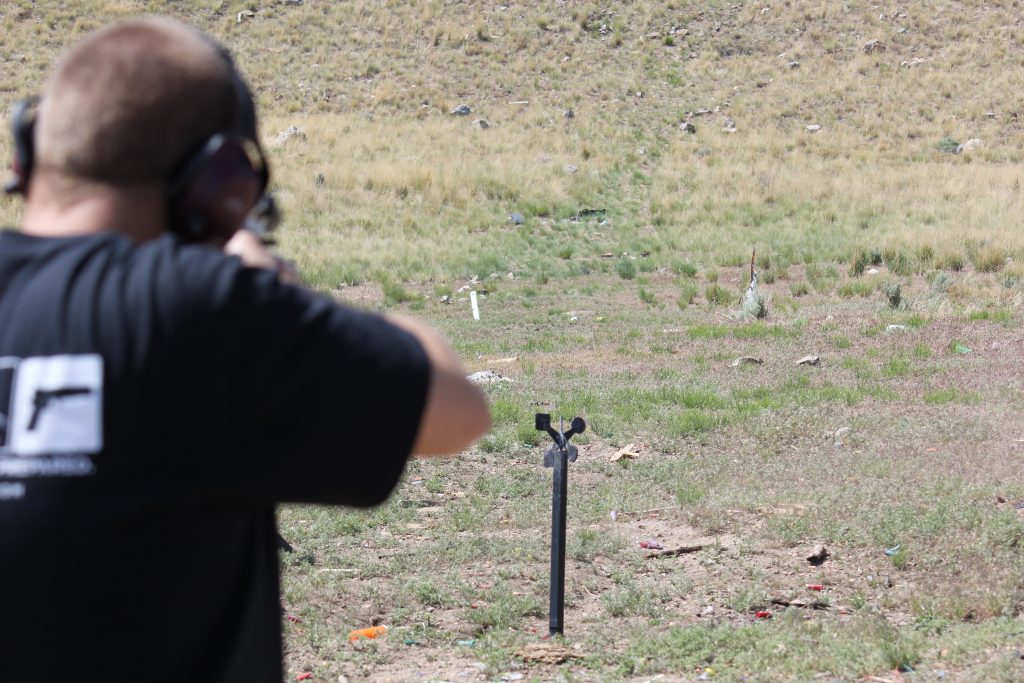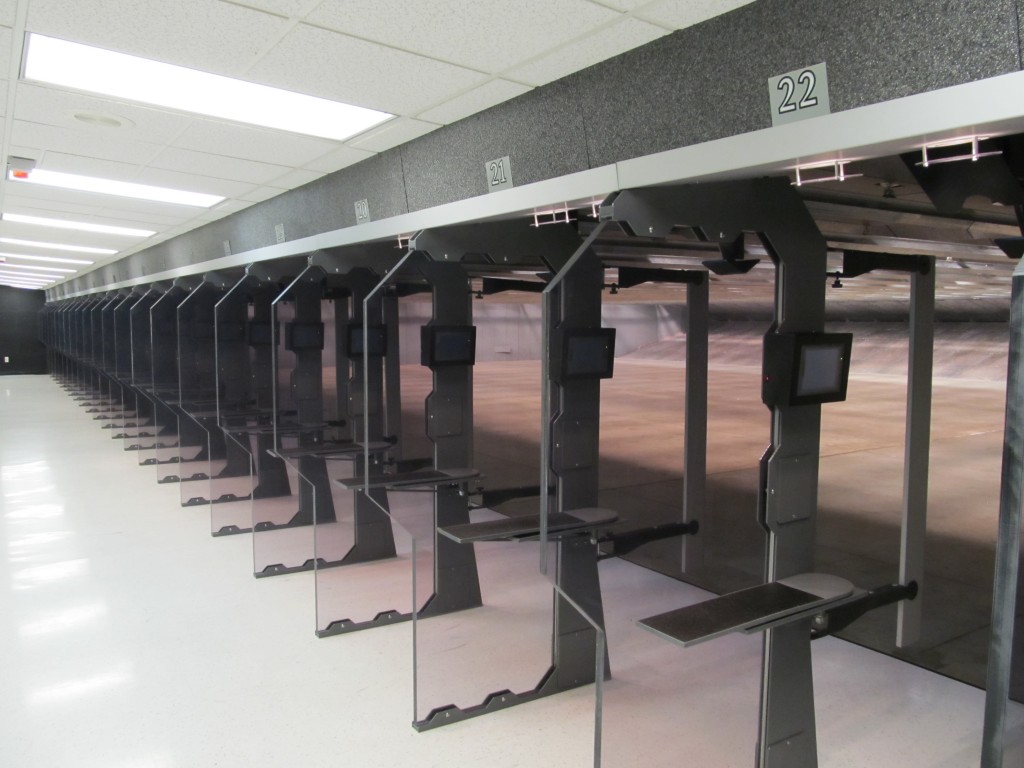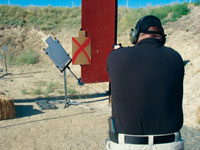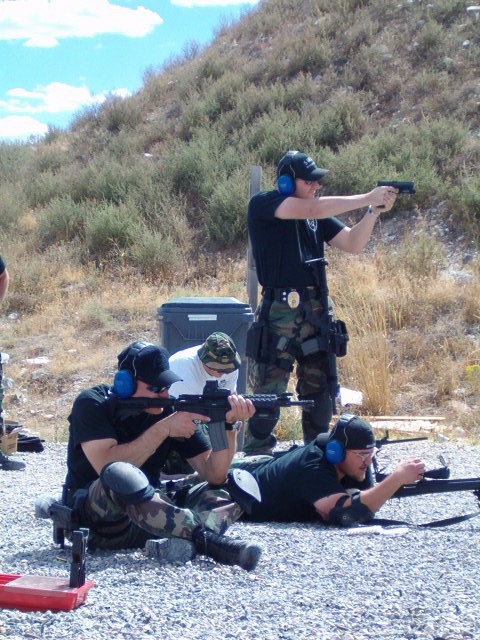Action Target Reveals First Reactive Steel Target Under $50: The Spinning Jack

You asked for it, so we’re giving it to you: our first reactive steel target under $50. The Spinning Jack is the perfect target for recreational shooters and families, and at the super low price of $35, it’s affordable on almost any budget. A great portable steel target for shooting with the whole family! The […]
The Top 3 Things to Consider When Building a Shooting Range

Building a shooting range is a huge endeavor that should be approached cautiously and systematically. There are many things to consider and potential issues you may have to deal with; however, don’t let that deter you. Building a shooting range is a perfectly attainable goal if you start things right. Even if you already own […]
Action Target Steel vs. Backyard Targets
During tough economic times, many shooters decide to create or build their own steel targets to save money. With more and more companies and individuals manufacturing steel targets, the water has become increasingly muddy where accurate information is concerned. Safety should always be the highest priority when choosing or building a target. Action Target’s steel […]
Action Target Announces New Training Schedule

Action Target has met the training needs of law enforcement agencies around the country for more than 26 years. By working closely with agencies in every state, we have been able to enhance our product line to better achieve requirements of firearms programs. With 2012 just around the corner, many departments are experiencing budget cuts…again. […]
End of the Fiscal Year Drawing Near

With the end of this fiscal year right around the corner, now is the best time to obtain one of our innovative training solutions with your remaining budget. At Action Target, we understand that each company’s internal dynamics have different needs and time lines. That is why weapons training units, Rangemasters, firearm instructors, and others […]